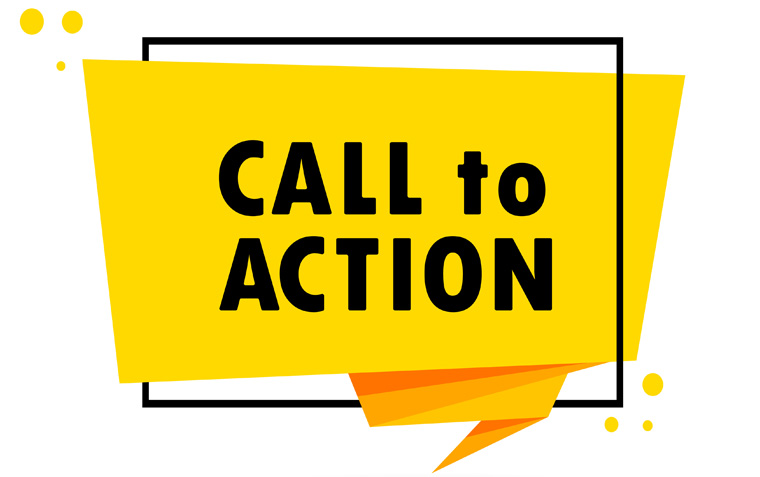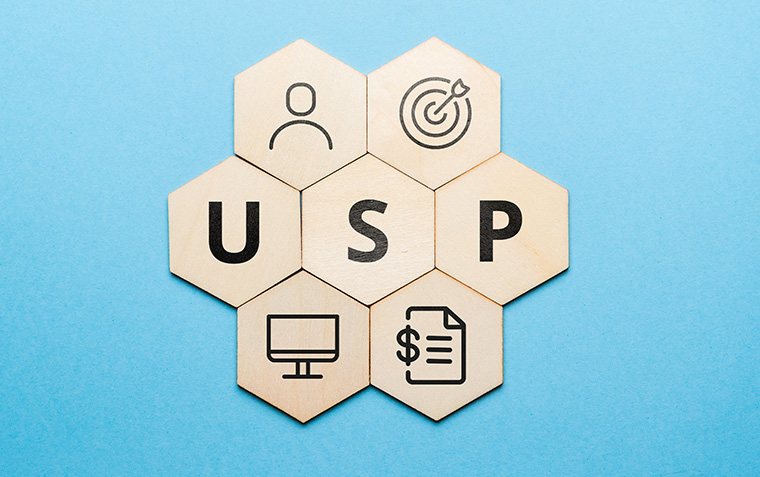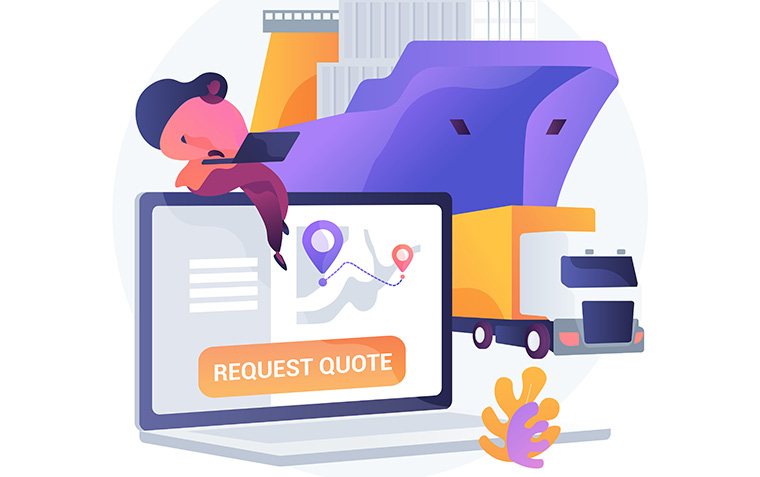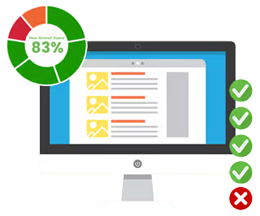Boosting E-commerce Sales with Email Marketing
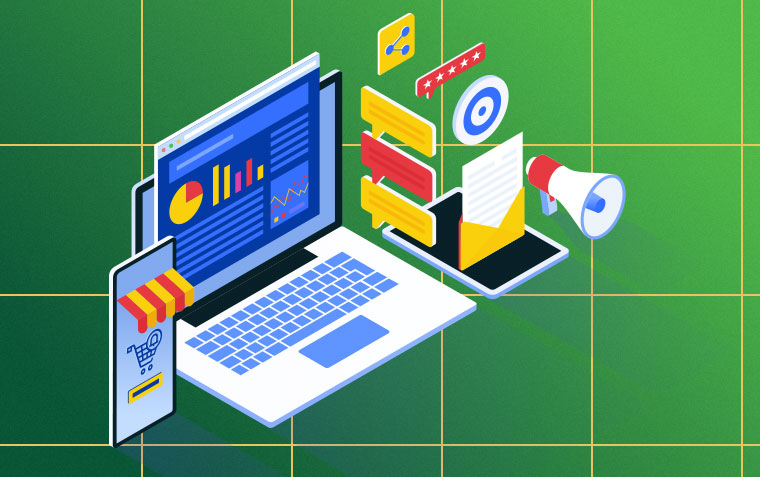
Email marketing remains one of the most powerful tools in an e-commerce marketer's toolkit. Despite the rise of social media and other digital marketing channels, email marketing consistently delivers the highest return on investment, making it an crucial strategy for helping to drive sales. Whether you're a small business owner or managing a large online store, leveraging email marketing effectively can significantly increase your e-commerce sales. Here’s how you can use email marketing to grow your business, and not just get your email marketing treated like spam and thrown in the trash.
1. Build a High-Quality Email List
The foundation of any successful email marketing campaign is a high-quality email list. Your list should consist of engaged subscribers who are genuinely interested in your products and brand.
Tips:
Use opt-in forms: Encourage website visitors to subscribe to your newsletter by offering a clear and compelling value proposition. This could be a discount on their first purchase, access to exclusive deals, or useful content like guides or tutorials.
Segment your list: As your email list grows, segment your subscribers based on factors like purchase history, browsing behaviour, and engagement levels. This allows you to send more targeted and relevant emails, which can lead to higher open and conversion rates.
Ensure compliance: Make sure you comply with any email marketing regulations in your, or your main customers, regions. Always obtain explicit consent from subscribers and provide easy options for them to unsubscribe.
2. Craft Compelling Subject Lines
Your subject line is the first thing your subscribers see, and it often determines whether they will open your email. Crafting a compelling subject line is crucial to the success of your email marketing efforts.
Tips:
Keep it short and sweet: Aim for a subject line that is concise and to the point—ideally under 50 characters. This ensures it displays well on all devices, especially mobile.
Create a sense of urgency: Phrases like "limited time offer" or "last chance" can create a sense of urgency that encourages subscribers to act quickly.
Personalise when possible: Use the recipient's name or reference their past purchases to make the email feel more personalised and relevant.
3. Leverage Automation for Timely and Relevant Emails
Automation allows you to send timely and relevant emails based on customer behaviour, saving you time while ensuring your emails reach subscribers at the most opportune moments.
Tips:
Set up welcome emails: When someone subscribes to your email list, immediately send a welcome email thanking them and introducing your brand. This email can also include a discount code or special offer to encourage their first purchase.
Create post-purchase follow-ups: After a customer makes a purchase, send a follow-up email thanking them for their order, suggesting complementary products, or asking for a review. This helps build customer loyalty and can lead to repeat sales.
4. Segment Your Emails for Targeted Campaigns
Segmentation is one of the most effective ways to increase the relevance of your emails and improve engagement. By sending tailored messages to specific groups within your email list, you can drive higher open and click-through rates.
Tips:
Segment by purchase behaviour: Create segments based on customers’ purchase history. For example, send special offers to repeat customers or recommend products like what a customer has bought before.
Segment by engagement level: Identify your most engaged subscribers and send them exclusive offers or early access to new products. Conversely, create a re-engagement campaign for subscribers who haven’t interacted with your emails in a while.
Segment by demographics: Use demographic information like age, gender, or location to personalise your emails. For instance, promote seasonal products to subscribers in specific regions or tailor product recommendations based on age groups.
5. Incorporate Personalisation to Increase Engagement
Personalisation goes beyond using the subscriber’s name in the email. It’s about delivering content that feels relevant to the individual recipient, based on their interests, behaviour, and preferences.
Tips:
Use dynamic content: Dynamic content allows you to display different email content to different segments of your audience within the same email. For example, you can show product recommendations based on the recipient’s past purchases.
Send personalised product recommendations: Use data from previous purchases or browsing history to recommend products that are likely to interest each subscriber. Personalised recommendations can lead to higher conversion rates.
Personalise timing and frequency: Analyse subscriber behaviour to determine the best time and frequency to send emails. Some customers may respond better to weekly emails, while others may prefer less frequent communication.
6. Create Engaging and Mobile-Friendly Email Designs
A well-designed email is more likely to capture your subscriber’s attention and drive them to take action. With a significant portion of emails being opened on mobile devices, it’s crucial to ensure your emails are mobile-friendly.
Tips:
Use a clean and responsive design: Ensure that your email design looks good on all devices. Use responsive email templates that automatically adjust to different screen sizes, providing a seamless experience for mobile users.
Include clear and compelling calls-to-action: Your Call to Actions should be easy to find and click, whether it’s a button encouraging users to shop now or a link to a special offer. Use action-oriented language to motivate subscribers to take the desired action.
Balance images and text: While images can enhance your email’s visual appeal, they shouldn’t overshadow the message. Ensure that your emails have a good balance of images and text, and always include alt text for images in case they don’t load.
7. Measure, Analyse, and Optimise Your Campaigns
To continuously improve your email marketing efforts, it’s essential to measure your campaigns' performance, analyse the results, and make data-driven adjustments.
Tips:
Track key metrics: Pay attention to metrics like open rate, click-through rate, conversion rate, and unsubscribe rate. These indicators will give you insights into how well your emails are performing and where there might be room for improvement.
A/B test your emails: Experiment with different subject lines, Call to Actions, designs, and send times to see what resonates best with your audience. A/B testing allows you to refine your emails for better results over time.
8. Engage Subscribers with Exclusive Content and Offers
Reward your subscribers for being part of your email list by offering them exclusive content, early access, or special discounts. This not only drives sales but also strengthens customer loyalty.
Tips:
Offer exclusive discounts or promotions: Create special offers that are only available to your email subscribers. This can encourage sign-ups and drive sales from your most engaged customers.
Provide early access to new products: Let your email subscribers be the first to know about and purchase new products. This can create excitement and a sense of exclusivity.
Share valuable content: Use your emails to provide more than just sales pitches. Share useful content, such as how-to guides, industry insights, or customer stories, which adds value and keeps subscribers engaged.
*****
Email marketing remains one of the most effective ways to build relationships with your customers, drive sales, and convert potential customers who aren’t quite ready to make the purchase now into actual customers in the future. By building a high-quality email list, crafting compelling subject lines, leveraging automation, and personalising your content, you can create powerful email campaigns that resonate with your audience and drive significant revenue for your e-commerce business. Remember, the key to successful email marketing is to stay consistent, keep testing and optimising, and always focus on delivering value to your subscribers. With the right strategies in place, email marketing can become a cornerstone of your e-commerce sales and help drive up traffic.

